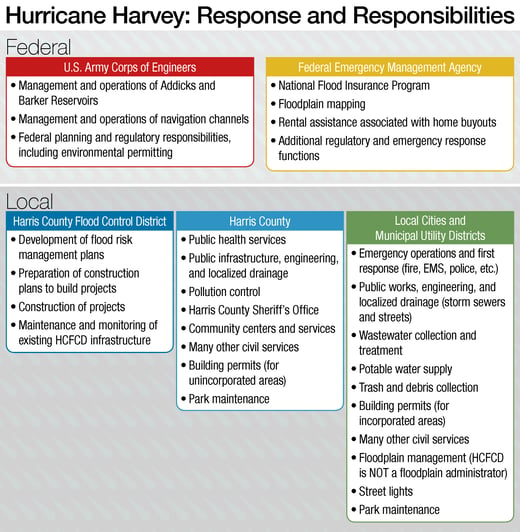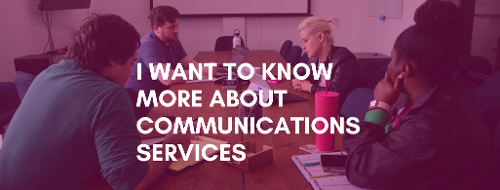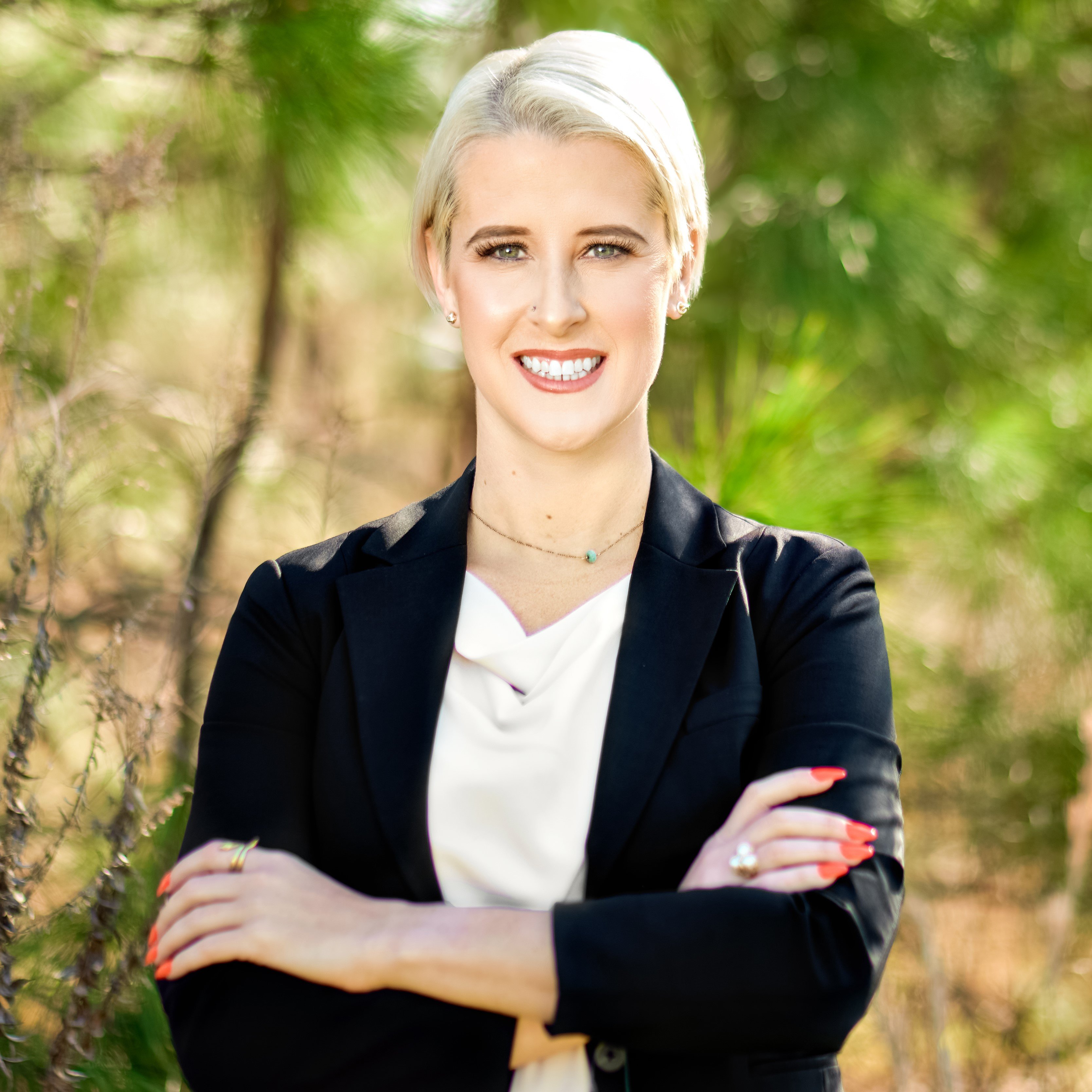We are no strangers to natural disasters. Whether it is freezing temperatures, major infrastructure failure, or record-breaking extreme weather events, Texan residents excel at resilience. This being said, information is at the heart of our ability to be resilient as individuals and as communities.
As part of our public communications service offerings at Hollaway, we serve as public information officers and crisis communications consultants for our clients, including:
- the West Harris County Regional Water Authority,
- the Harris County Flood Control District,
- the U.S. Army Corps of Engineers, and
- the Gulf Coast Protection District, among others.
Serving in this crisis communications role during Hurricane Harvey, Winter Storm Uri, and other natural disaster events, we have learned quite a bit about what works (and what doesn’t) when time is of the essence and emotions are running high.
In an effort to support you during your next extreme weather event, here are a few things that we’ve learned and would recommend:
KNOW YOUR ROLES AND RESPONSIBILITIES AS AN ORGANIZATION. 
Know your roles and responsibilities, as well as your audiences, during a crisis event. And be sure that there is crystal clear consensus within your organization (including leadership) about roles, responsibilities, and key audiences.
- For example, if you are not responsible for water supply and distribution, do not provide information about this topic.
- Focus on that which is within your organization’s mission and authority.

To be a good Samaritan and a helpful resource to your audience, you may also choose to distribute information about which organization is in charge of what during and directly following the crisis event.
- For example, the graphic above was developed by Hollaway and posted on the Harris County Flood Control District during Hurricane Harvey and immediately following the storm event to help residents figure out who could help them.
- Another great resource to direct your audiences to during a flood or major rainfall event is the USGS Streamgages Mapper tool (https://water.usgs.gov/networks/fps/).
USE ALL COMMUNICATION METHODS AVAILABLE TO YOUR ORGANIZATION AD BE CONSISTENT ACROSS ALL COMMUNICATION CHANNELS.
Prior to an extreme weather or crisis event, take account of all communications methods and tools available through your organization. You will use these platforms to consistently communicate externally to your audiences.
Examples of communications channels you may utilize:
- Your organization’s website
- Social media platforms (Facebook, X [Formally known as Twitter], LinkedIn, Next Door, Amazon Neighbors, Instagram, etc.)
- Bulk texting/SMS tools
- Eblasts/mass emails
- Press releases
- Press conferences and media briefings
- Others!
COMMUNICATE EARLY, OFTEN, AND ACCORDING TO A REGULAR AND DEPENDABLE SCHEDULE.
As a crisis event is occurring, stay in contact with your audiences through all communication channels available to you. If you have no new updates to report, remember that this is also information, and you should report that out to your audience. In this scenario, a social media update may report, “At XYZ organization, we are coordinating with our partner organizations and first responders to ensure that all operations remain in working order during this crisis event. We will report back to you, our valued residents, as soon as any additional updates are available and no later than 6 p.m. CST today.”
By communicating a schedule for which your audience can expect to hear from you, you are building trust--the audience knows that you will continue to keep them informed and to expect more information in the future. While emotions are high and people are often in fear during a crisis event, remember that this is a very critical time to establish and maintain trust with your audiences. Whatever you do, do not stop communicating during and immediately following a crisis event.
DOCUMENT ALL OF THIS IN A CRISIS COMMUNICATIONS/RESPONSE PLAN AND ENSUE BUY-IN ACROSS YOUR ORGANIZATION (AND WITH PARTNERING ORGANIZATIONS, IF APPLICABLE).
As you may have heard before, “a goal without a plan is just a wish.” And, while you may have the best of intentions to be prepared for a crisis event, having a Crisis Communications and Response Plan in place will ensure that you are prepared to represent your organization as a trusted and professional resource for years to come.
If you have any questions or would like to discuss this further, please reach out to me at leslie@hollawayenv.com.
.png?width=880&height=264&name=Copy%20of%20Blog%20Post%20Covers%20(4).png)

